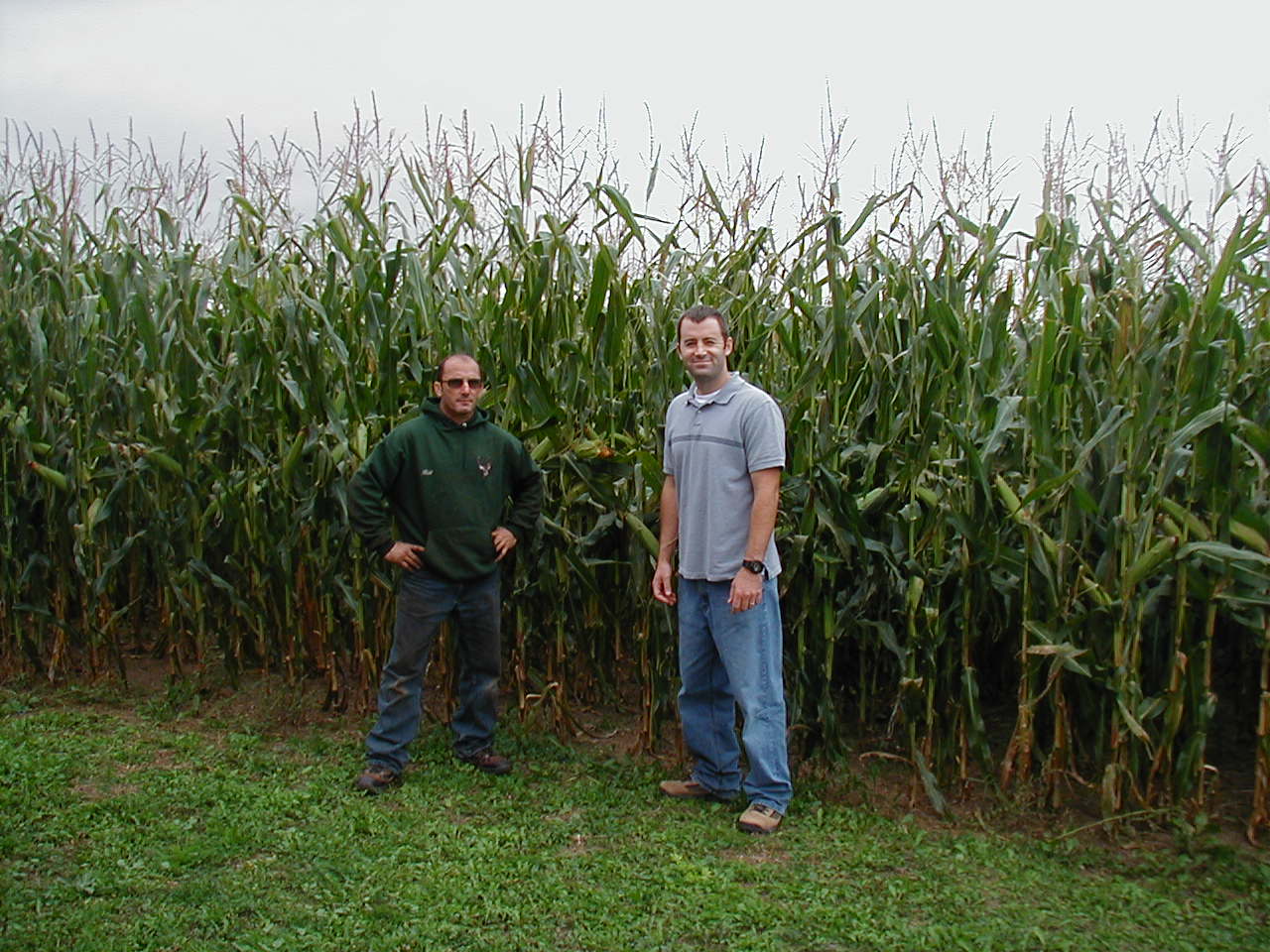|
|
In 2007, William and Diane Mesler decided to get out of the beef business. They wanted to start a new venture of growing cash crops such as soybeans, corn and wheat, using a no-till production system.
In 2008, the Meslers approached the USDA Farm Service Agency for technical and financial assistance. Their goals were to develop a viable operation with increased crop acres and additional on-farm storage, and to be more competitive in the markets.
The Meslers used Farm Service Agency loan programs to get started with their new enterprise in Allegany County.
In 2008, the Meslers planted soybeans, corn, and wheat, no-till, with good yields and the benefits of minimal erosion and retained topsoil. Corn yields were over 105 bushels per acre. Soybean yields were more than 32 bushels per acre, and wheat yields were over 36 bushels per acre.
This is excellent for our area, especially considering the fact that some of the fields were being converted from pasture to no-till cropland.
William says, “Our operation benefits from no-till planting by decreasing the rate of soil erosion; a reduced need for equipment, fuel, fertilizer, and labor; and significantly less time required for tending crops.”
The Meslers rent all of their 400 acres of cropland, and conserving the soil with the use of no-till planting makes for good land stewardship. There’s also less soil compaction when the number of field passes are decreased.
There are a few challenges for Mesler.
“Suitable seed depth and seed-to-soil contact are important factors to getting good crop emergence when you are planting through residue,” William explains. “Undisturbed soil can be harder to penetrate.”
In addition, in order to be more competitive in the market, the Meslers would like to have more grain bins to store his crops, which would allow them to market their large and small grains as the commodity prices fluctuate. Right now most of their crops are sold field-direct to local markets. If the prices for commodities are low they can’t control this by storing them and waiting for the prices to rise.
In 2008 William did put one grain bin up. He hopes to add additional grain bins through a Farm Storage Facility Loan through FSA farm programs, or through a low interest direct operating loan with the Farm Service Agency (FSA).

 William Mesler (left) and author Chris Wager standing next to a field of no-till corn.
William Mesler (left) and author Chris Wager standing next to a field of no-till corn.




Post a comment
Report Abusive Comment